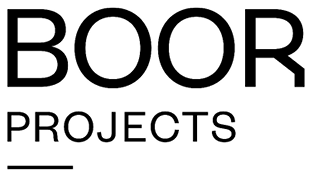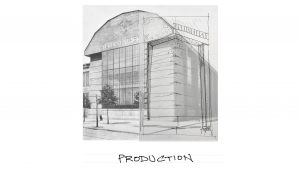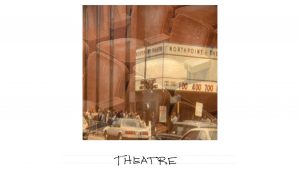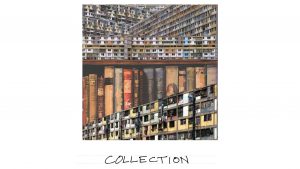Flashcard: a card bearing words, numbers, or pictures that is briefly displayed (as by a teacher to a class) usually as a learning aid.
– Merriam-Webster
“Children make up the best songs, anyway. Better than grown-ups. Kids are always working on songs and throwing them away, like little origami things or paper airplanes. They don’t care if they lose it; they’ll just make another one.”
― Tom Waits
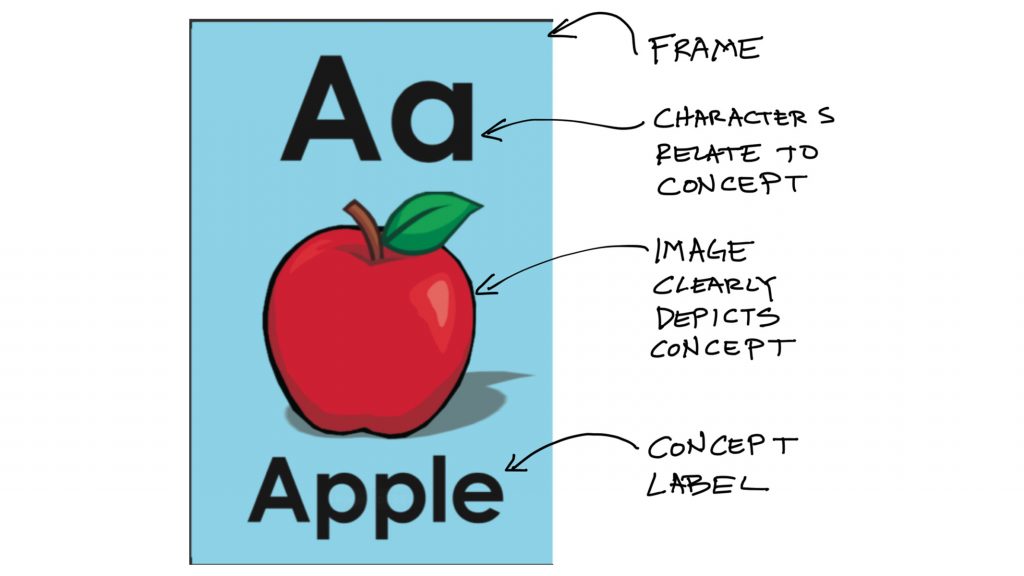
A flashcard is intended to help you remember something through a clear and simplified relationship between an image and a written concept. The idea is that you can quickly move through many of these cards and reinforce the link between the thing to learn and visual recognition of it.
You can commit complex or simple concepts to memory with this technique. Although, in my experience, it works best when you can reduce the visual idea to flash card size. It also helps if you make the cards yourself. Because tracing an idea by hand always helps you think about it.
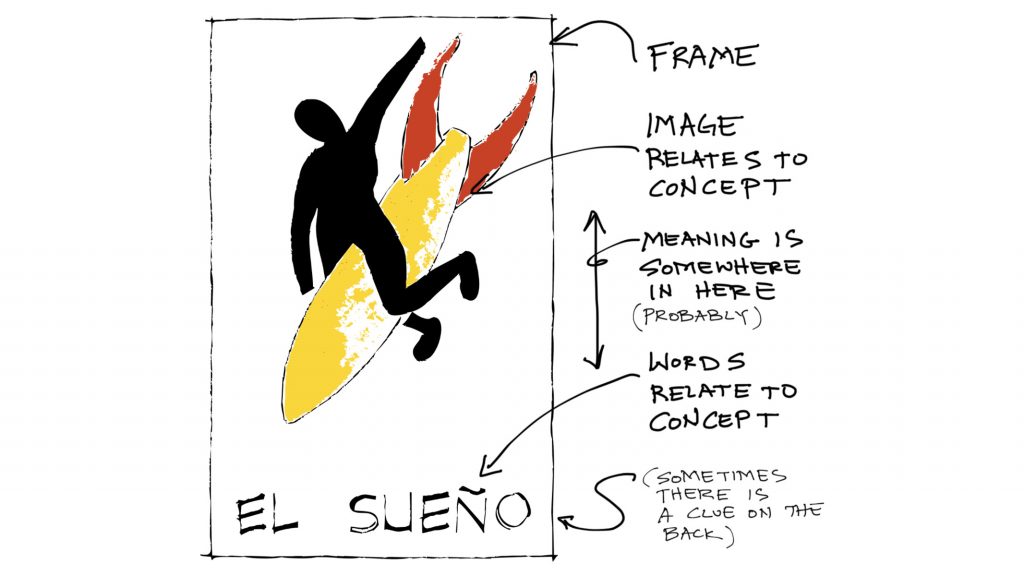
If you make a flashcard where the visual information is clear and compelling, but the relationship is less obvious, you end up with a tool for considering or discussing a concept rather than memorizing it. These kind of flash cards still work better when they are hand made.
This is one of the first flashcards I made. I was thinking about how meaning almost never seems to line up with intention. Especially in design – when you think of something and then make it. The thing you made goes off and has a life of its own and the story you were telling yourself remains important while it becomes irrelevant.
